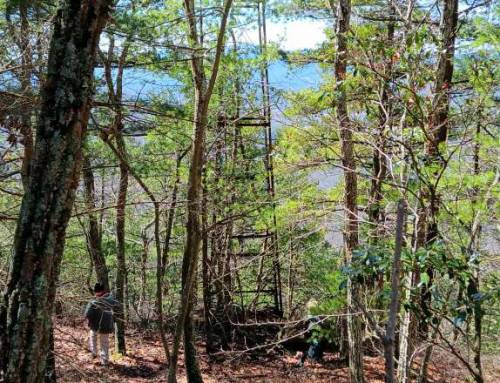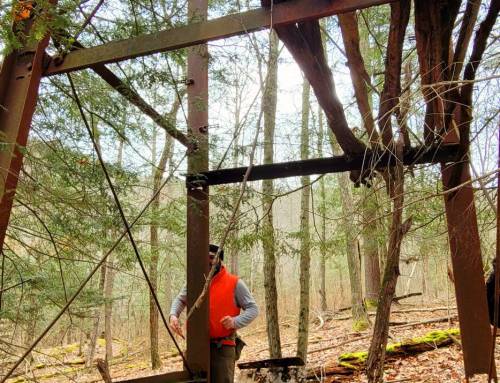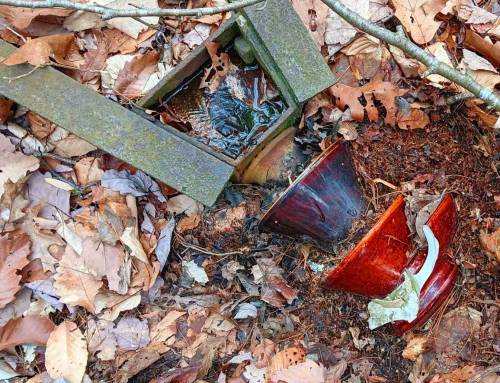Chester’s citizens made decisions to build and repair bridges in the way typical of New England towns. In March, the selectmen called a town meeting to elect new officers, approve town budgets, and discuss public works projects. An agenda item was “to see what action the town will take in regards roads and bridges.” Floods and harsh winters regularly took their toll on wooden bridges. Often the citizens could not afford to pay for all of the needed bridge repairs. Town meetings could turn into political battles when the interests of one portion of the community turned against the other. (And they STILL do!)
The small bridge at the village of North Chester, which carried farmers from the far northeastern portions of town to the gristmill, did not rank high on the priority list of bridges in the town. In 1875 the town bought its first two iron bridges to span the main branch of the Westfield River in downtown Chester. In 1882, the selectmen surveyed the remaining twelve timber bridges to determine which should be given priority. Over the course of the next thirty years, the town’s officials replaced Chester’s wooden bridges with iron ones.
In 1887 the town voted to replace the North Chester Village Bridge. The Annual Report noted that the timber from an old bridge was sold for $4 to a local man named J.W. Bemes. This is the first mention of the North Chester Village Bridge in the town records, and it is not known how long a wooden bridge had spanned the river at that site.
Tthe selectmen awarded the bridge contract for $550 to a local bridge builder, the R.F. Hawkins Iron Works of Springfield, Ma. The bridge manufacturer assumed responsibility for erecting the iron superstructure, while the town hired a local contractor to prepare the stonework and lay the floor timbers.
The bridge’s impressive height above the level of the river called for a massive stone abutment to be built on the western side of the bridge, and a smaller abutment to rest on a large outcropping of bedrock to the east. The town looked to a local mason, Edson H. Fiske, to build the new abutments. It is not unlikely that Fiske bought the stone from the local granite quarries. The cost of the abutments was $1,863.69, well over three times the cost of the iron truss itself.



















Leave a Reply